It’s been 6 months since the opening of the new Perry Barr station, which has seen thousands of passengers already making use of the facility.
Amongst the success, record numbers of passengers visited the newly-redeveloped Perry Barr station during the 12-day event (for the athletics and opening/closing ceremonies) with more than 25,000 passengers passing through, with a further 40,000 visiting since.
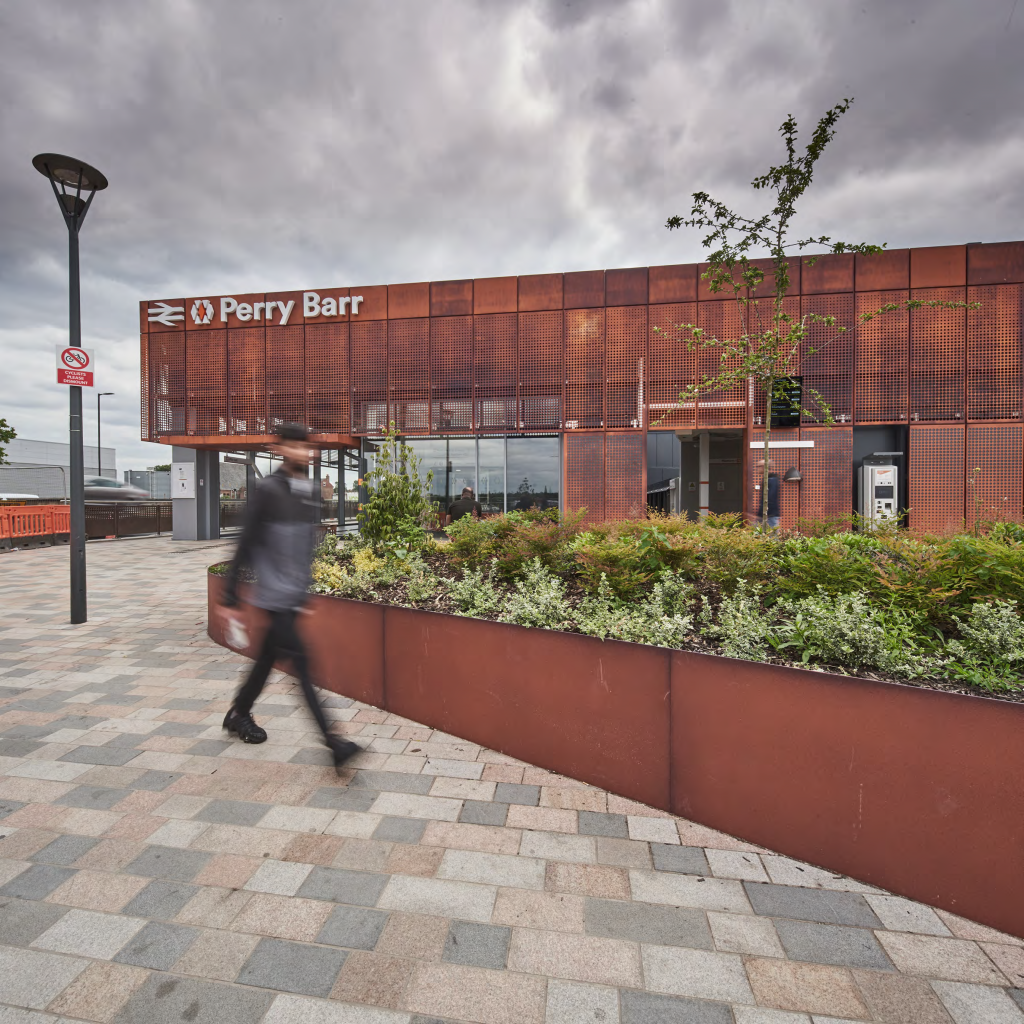
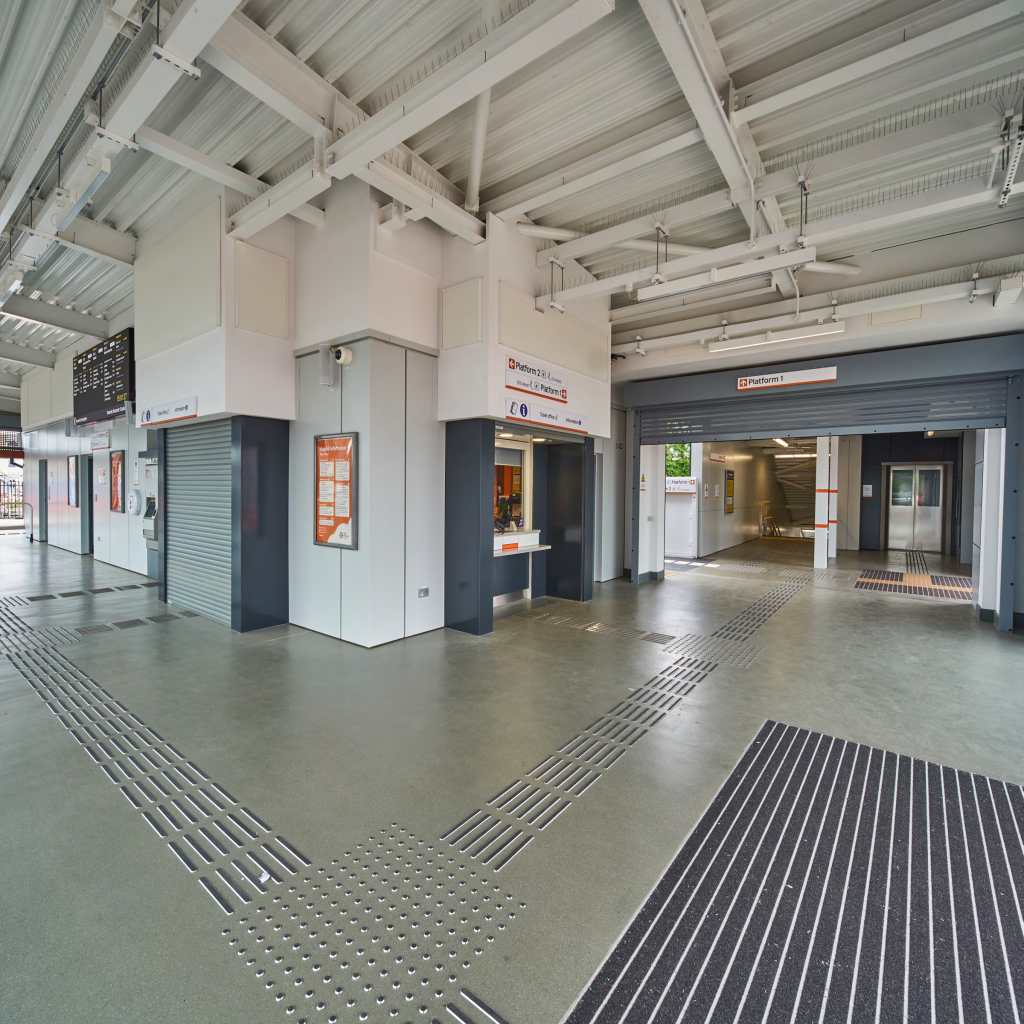
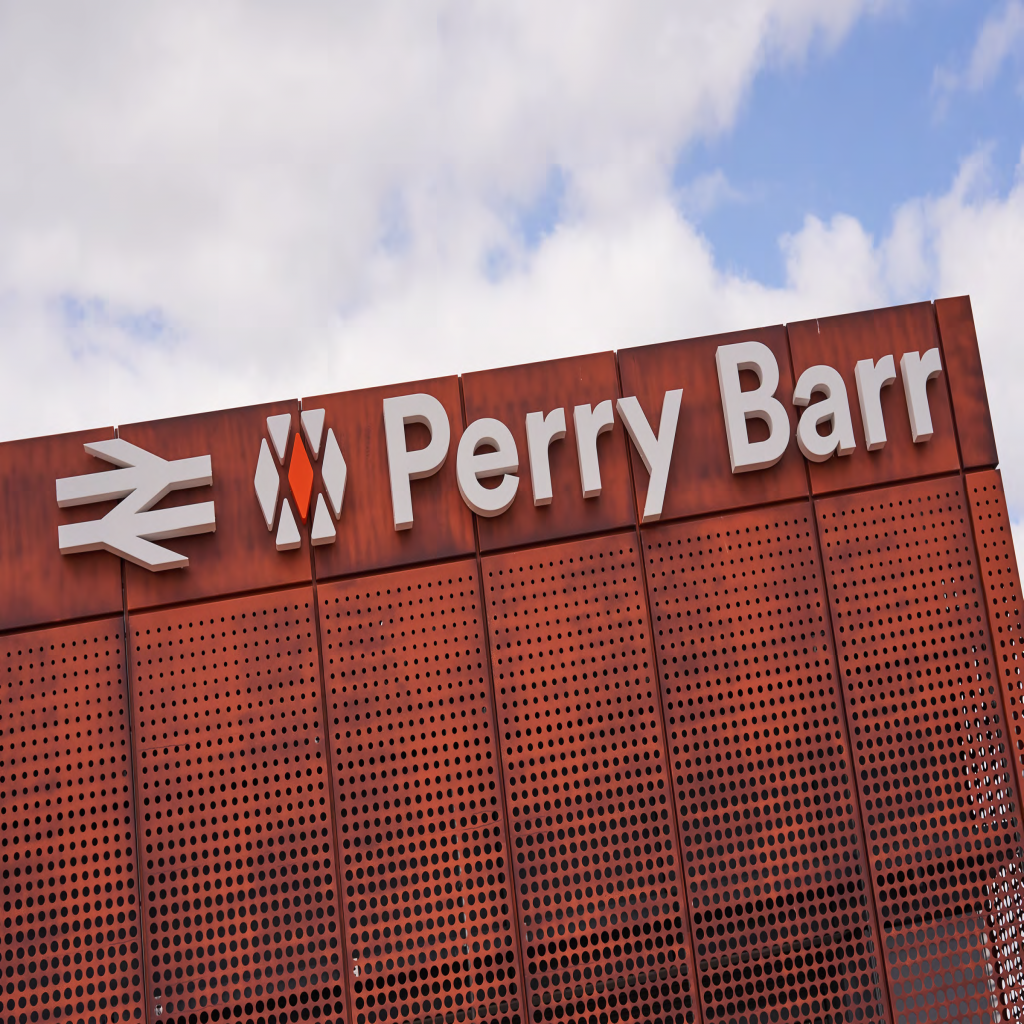
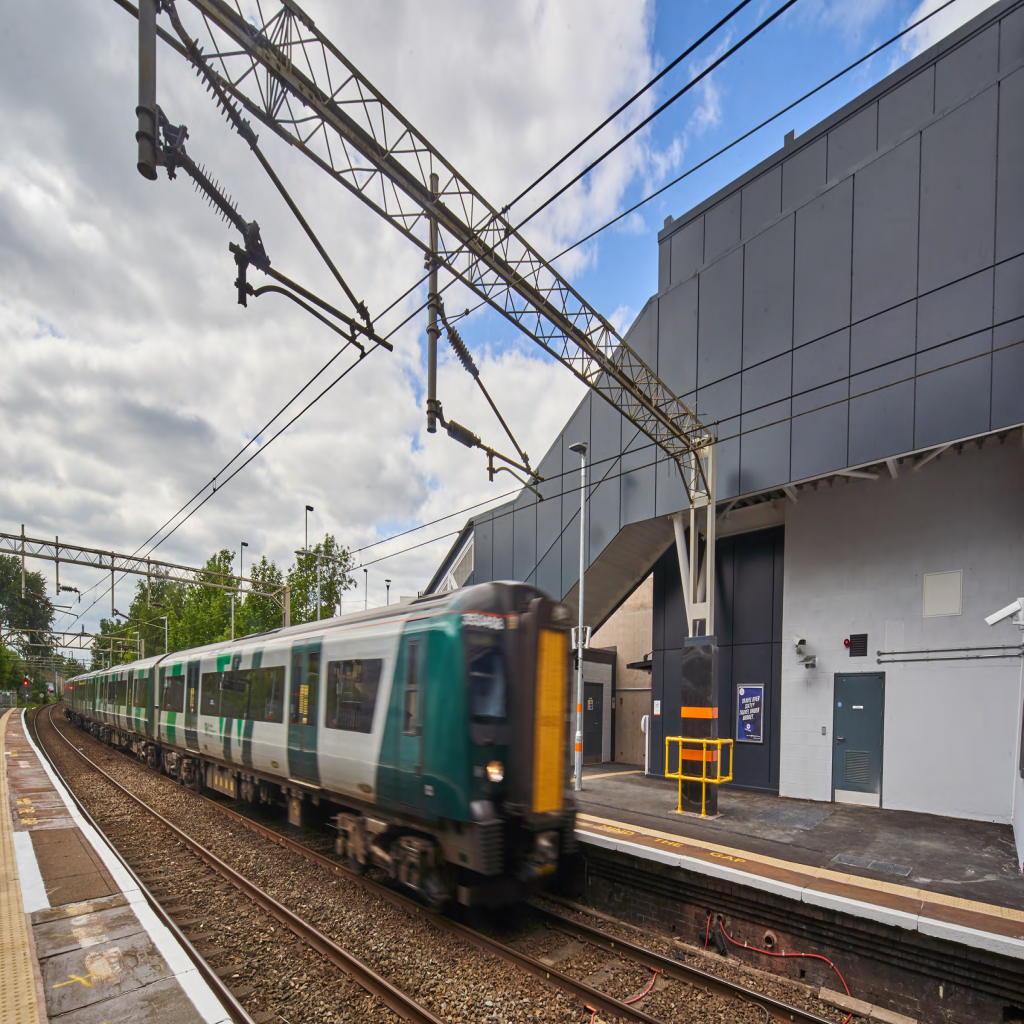
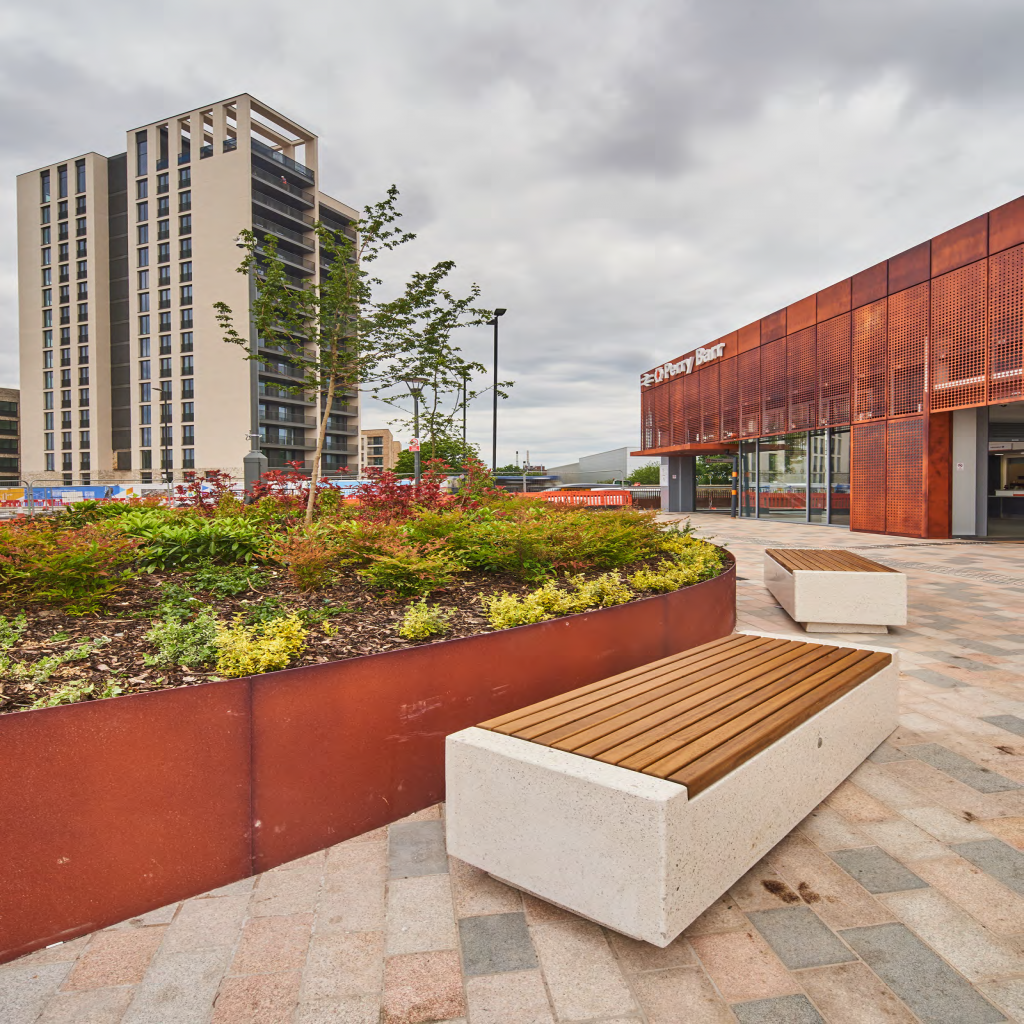
Andy Street, Mayor of the West Midlands, said:
“We knew that the old, unwelcoming and dark station was putting people off rail in the area and that’s why we made demolishing the site and replacing it with a new modern facility a top priority. Now these passenger numbers, six months after opening, show that we absolutely made the right decision.
“The new station was built in time for the Commonwealth Games, but the fact that more people are using the station for their day-to-day travel shows that it is having a much wider and longer lasting benefit for the area – just as we had planned.”
Matt Bradley, head of stations for West Midlands Railway, also shared:
“Through this investment Perry Barr has been transformed from one of the most outdated stations on the network to one of the smartest.
“It was fantastic to see the station so busy during the Commonwealth Games and since then it has been great to see how the local people have gone about embracing this fantastic new community facility.”
We took a look at how Pedestrian Flow Modelling was used as part of our multi-disciplinary design services at Perry Barr Station, to ensure the successful flow of passengers through the station.
Case Study: Perry Barr Station
A major redevelopment has taken place at the existing Perry Barr Station in Birmingham as part of the regeneration of the surrounding area.
Waldeck were the lead design organisation providing full multi-disciplinary services on the scheme for Galliford Try who were the main contractor.
As part of our involvement on the project, our team provided Pedestrian Flow Modelling.
Pedestrian Flow Modelling was used to establish the suitability of the design option for predicted future demand forecast of 1.1 million passengers in 2027, which would see a 58% increase from the base flows.
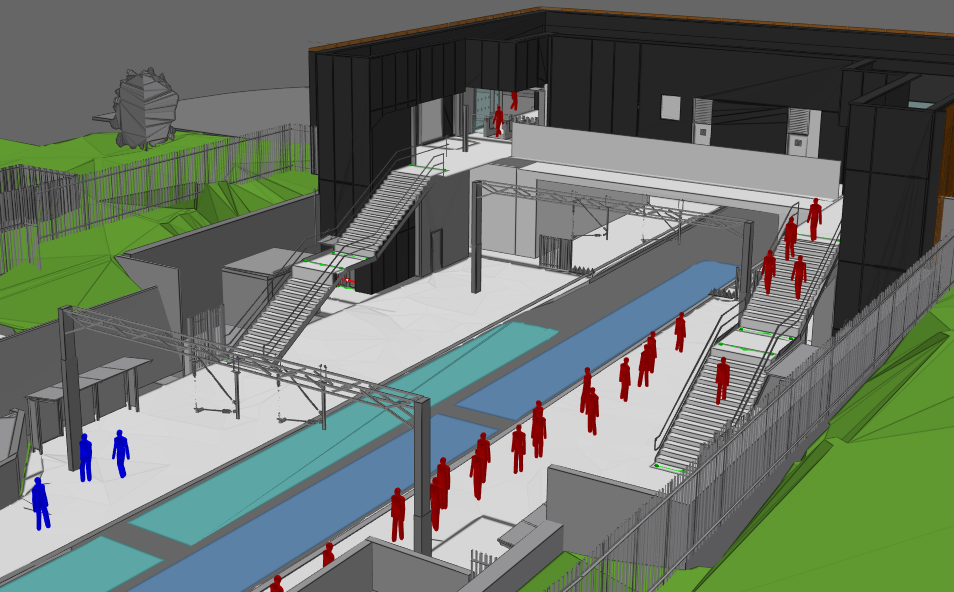
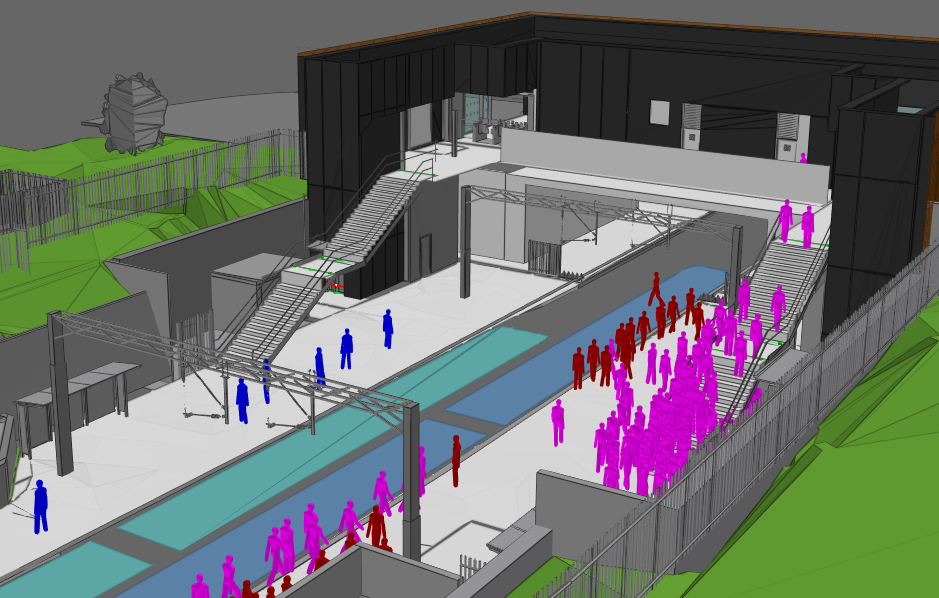
Our Solution
Our team utilised Oasys Software’s MassMotion to create a 3D model from the model created by our architectural team.
Simulations were set up and created to align with Perry Barr’s peak train times, with Platform 1 and 2 trains arrival being 3 minutes apart with the passenger boarding and alighting demands taken from peak 3-hour survey data and factored by the 58%.
The model was stress-tested for a number of additional scenarios, including out of hours operations, event traffic, a degraded state such as when an entrance is out of use due to a malfunction or closed for safety reasons, provision of ticket barriers on peak trains and station design stress test determining maximum capacity of pedestrians during peak hours before elements are over stressed.
Pedestrian Flow Modelling has confirmed the suitability of the team’s design at each GRIP stage and aided the streamlining of the scheme to suit budget and visual aspirations. In addition, the passive provision of gate lines was simulated aiding future development of the station should these be installed at a later date.
Example footage of passengers arriving, boarding/disembarking then leaving the station:
Associate Director, Veronica Ruby-Lewis answers some common questions:
Can Pedestrian Flow Modelling be used going forward for on-going flow management within the Station?
The station is in close proximity to Aston Villa Football Ground and anecdotal evidence identified a noticeable impact on the passenger flow at such times despite only a number of trains being affected by this. An initial event train scenario was run as part of the project determining stress points, this could be built upon with further scenarios and flow options run to aid station management for such frequent events and for special events taking place, such as the Commonwealth Games 2022.
In addition, should the station undergo future design changes, then it could be used to inform design, but also temporary station environment as a result of construction work.
Would you recommend Pedestrian Flow Modelling to clients?
Yes definitely. The algorithm behind the agent profile mimics that of a person in terms of behaviour and decision making to suit surroundings and scenarios. This therefore can translate and be utilised to benefit many different types of projects where mass movement of pedestrians is key to the design outcome.
The MassMotion software would be ideal for transport projects such as airports, bus depots, train stations, port terminals and so on, as well as event management for sporting and music events and large entertainment venues, such as stadiums, arenas, concert halls etc.
To find out more about how Pedestrian Flow Modelling can enhance your next project, please get in touch with Veronica and the team by calling 08450 990 285 or send Veronica an email here.
All photography Copyright Paul Arthur Photography.